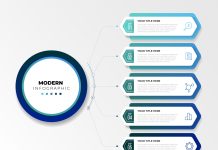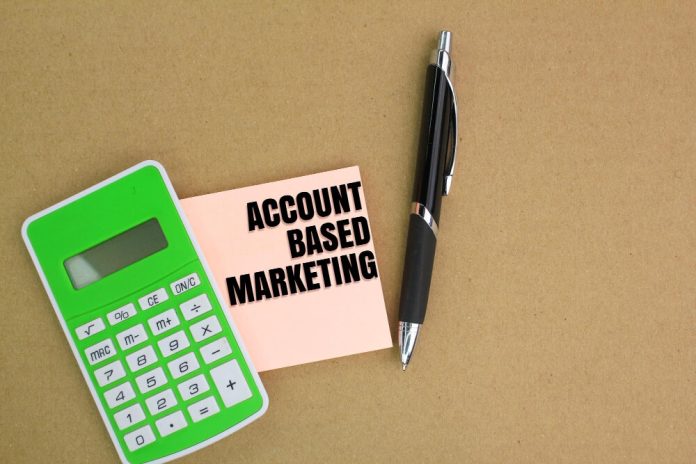Account-Based Marketing (ABM) has emerged as a highly effective strategy for B2B companies looking to maximize their return on investment (ROI) by focusing on high-value accounts.
Unlike traditional marketing approaches, ABM is personalized and targets specific companies rather than a broad audience.
This targeted approach not only increases the chances of conversion but also builds stronger, long-lasting relationships with clients.
In this blog, we will explore the top 10 ABM strategies that can drive significant growth for B2B companies. Whether you’re new to ABM or looking to refine your approach, these strategies will provide actionable insights to help you achieve your business goals.
1# Define and Prioritize Target Accounts
The foundation of any successful ABM strategy is identifying the right accounts to target. Start by defining your ideal customer profile (ICP), which includes factors such as company size, industry, revenue, and geographic location.
Once you have a clear ICP, prioritize accounts that align with your business objectives and have the highest potential for ROI. Tools like CRM systems and data analytics can help you in this process.
2# Align Sales and Marketing Teams
For ABM to be successful, your sales and marketing teams must work closely together. This alignment ensures that both teams are on the same page regarding target accounts, messaging, and overall strategy.
Regular communication and collaboration between these teams will help create a seamless customer experience and increase the chances of closing deals.
3# Personalize Content and Messaging
One of the key aspects of ABM is personalization. Tailor your content and messaging to resonate with each target account’s specific needs, challenges, and goals. This could include personalized emails, case studies, whitepapers, and even website experiences.
The more relevant and personalized your content is, the more likely you are to engage decision-makers and influencers within your target accounts.
4# Leverage Multi-Channel Campaigns
ABM is not limited to just one marketing channel. To maximize your reach and impact, leverage a multi-channel approach that includes email marketing, social media, content marketing, paid advertising, and events.
This integrated approach ensures that your message is consistently delivered across various touchpoints, increasing the likelihood of engagement and conversion.
5# Utilize Account-Based Advertising
Account-based advertising allows you to target specific companies with tailored ads across various platforms. This strategy helps keep your brand top of mind for key decision-makers within your target accounts.
Platforms like LinkedIn, Google Ads, and programmatic advertising can be particularly effective in reaching B2B audiences.
6# Develop Account-Specific Offers and Incentives
Offering exclusive deals, discounts, or incentives tailored to each target account can be a powerful motivator for driving engagement and conversion. These offers should be relevant to the account’s needs and pain points, making them more compelling and difficult to ignore.
7# Implement Account-Based Analytics
Measuring the success of your ABM efforts is crucial for continuous improvement. Implement account-based analytics to track the performance of your campaigns, including metrics such as engagement rates, conversion rates, and ROI.
These insights will help you refine your strategies and make data-driven decisions for future campaigns.
8# Focus on Relationship Building
ABM is not just about closing deals; it’s also about building long-term relationships with key accounts. Invest time in nurturing relationships with decision-makers and influencers within your target accounts.
This could include personalized follow-ups, regular check-ins, and providing ongoing value through thought leadership content and industry insights.
9# Use ABM Technology and Tools
There are various ABM tools and technologies available that can help streamline your efforts and improve efficiency. Tools like Terminus, Demandbase, and Engagio offer features such as account targeting, personalized content delivery, and campaign tracking.
Leveraging these tools can help you scale your ABM efforts and achieve better results.
10# Continuously Optimize Your ABM Strategy
ABM is not a one-size-fits-all approach, and what works for one account may not work for another. Continuously monitor and optimize your ABM strategy based on performance data and feedback from your sales and marketing teams.
This iterative approach will help you stay agile and adapt to changing market conditions and account needs.
Conclusion
ABM is a powerful strategy for B2B companies looking to drive growth and maximize ROI. By implementing these 10 ABM strategies, you can create more targeted, personalized, and effective marketing campaigns that resonate with your high-value accounts.
Remember, the key to success with ABM lies in alignment, personalization, and continuous optimization. With the right approach, ABM can transform your B2B marketing efforts and lead to significant business growth.
I hope you find the above content helpful. For more such informative content please visit TechEdgeDemand.












